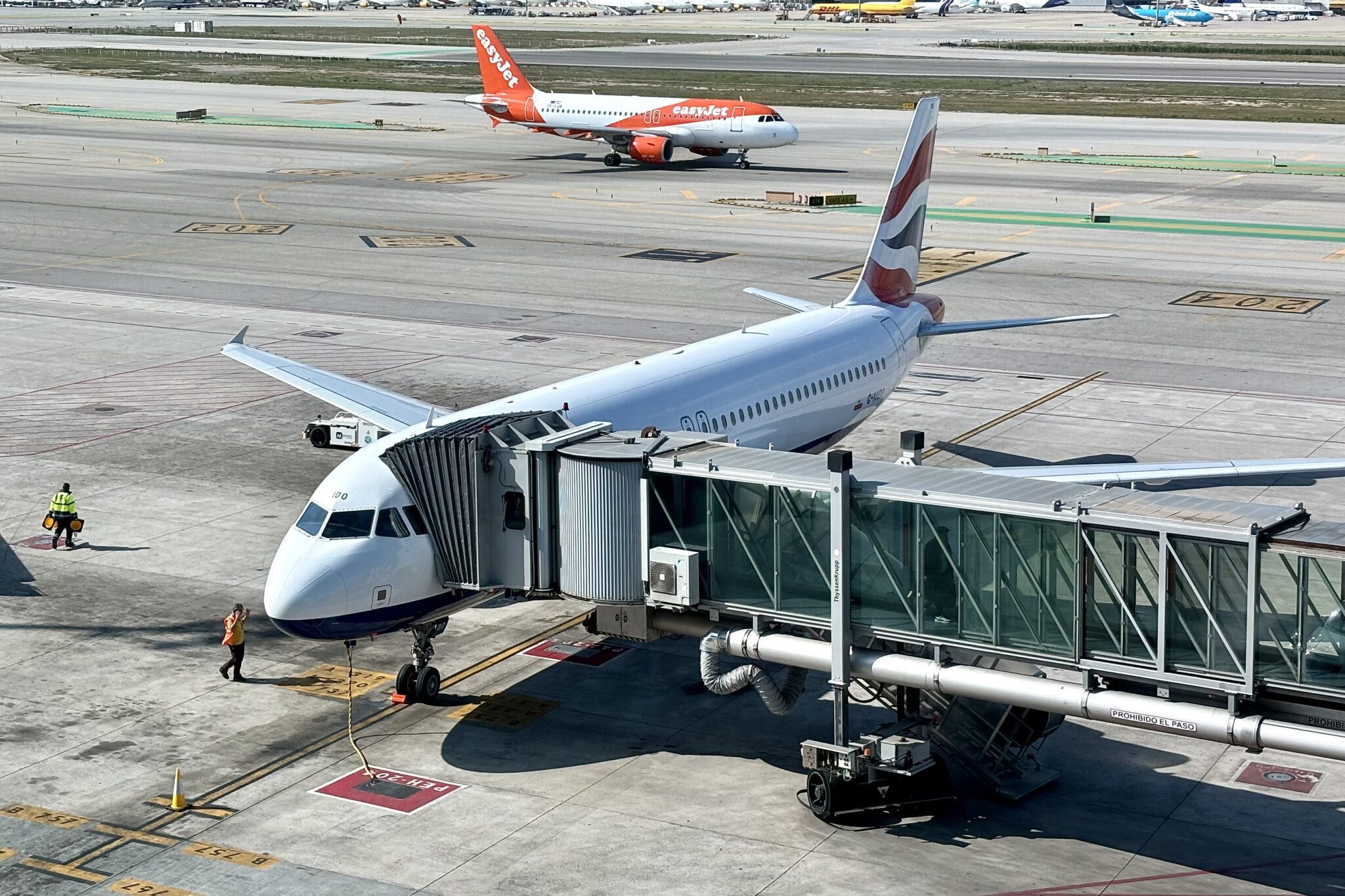American Airlines is making no small plans for its network recovery from the coronavirus pandemic. But those plans are not necessarily what one might think: It will continue to grow domestically around its largest hubs but internationally it will come back smaller — maybe much smaller — than it was just two years ago.
“The international that will be there [after Covid-19] is going to be way different than the international that went away in 2019,” said Vasu Raja, chief revenue officer of the Fort Worth, Texas-based carrier, at the Goldman Sachs Industrials and Materials Conference on Wednesday. The key recovery metric will be financial — specifically pre-tax margins — and to a lesser extent traveler demand, for American as it eyes which long-haul markets to return to and which to leave.
On the surface, these plans are of little surprise to those following American through the crisis. The airline retired 41 widebody jets, including all of its Airbus A330s and Boeing 767s, as well as its 34 Boeing 757s that flew long and thin — i.e., low demand — international routes. Eliminating these aircraft automatically cut some destinations from its map, for example Brasilia, Dubrovnik and its first-ever planned Africa service to Casablanca.
But Raja’s comments appear to cut deeper than just exiting destinations served by 757s and 767s. Flights to key partner hubs, including London Heathrow, and booming emerging markets, like India, will return in time, he said. Destinations that are “strategic” will not. Raja did not say what American considers strategic, but Atmosphere Research Co-Founder and Travel Industry Analyst Henry Harteveldt thinks it means secondary European destinations like Prague, Reykjavik and Venice.
“Covid showed an unflattering light on airline route profitability,” said Harteveldt. “And airlines — all airlines — are making route network decisions about what will help them get back to profitability the fastest and best way.”
But even if American does not return to Berlin and Prague, it could still have a sizable transatlantic presence. The airline could serve major European cities — for example London, Madrid and Paris — with at least six daily flights each if it only connected them to its East Coast and large connecting hubs in Charlotte, Chicago, Dallas-Fort Worth, Miami, New York and Philadelphia. American already plans to grow long-haul flying from JFK, including new nonstops to Athens, New Delhi and Tel Aviv, under its new alliance with JetBlue Airways.
Europe is the focus of Raja’s comments for good reason. American’s pre-tax margins to Latin America are already comparable to domestic, suggesting few changes there, and it has already pared back much of its Asia-Pacific flying, particularly from its once-planned Los Angeles gateway. The carrier has indefinitely suspended flights to Beijing, Hong Kong and Tokyo Narita from LAX, while keeping service to all of the destinations from mega-hub Dallas-Fort Worth.
A pared back but more calculated long-haul international network does pose a risk for American. United Airlines plans to use structural changes in international markets to generate improved financial returns when travel recovers. Changes include the exit of some competitors, including Norwegian Air to Europe and Virgin Australia to Australia, as well as consolidation like Korean Air’s purchase of Asiana. United has kept its entire long-haul fleet in preparation for when demand rebounds so it can quickly resume flights.
Harteveldt agreed there is a risk, especially for corporate contracts that could shift to other airlines if American waits too long to return to a market.
But, at least in the American and United comparison, the former always made more money domestically and the latter internationally. The end result could be little change fundamental change as both look to leverage their relative strengths to recover financially from the pandemic.
“We’re going to be really cautious how we build back international,” said Raja. “When we [do], we’re bringing back an international that can produce margins in line with domestic.”





